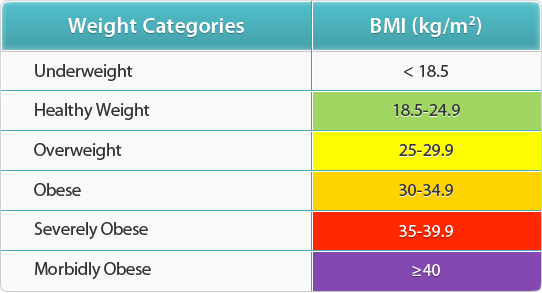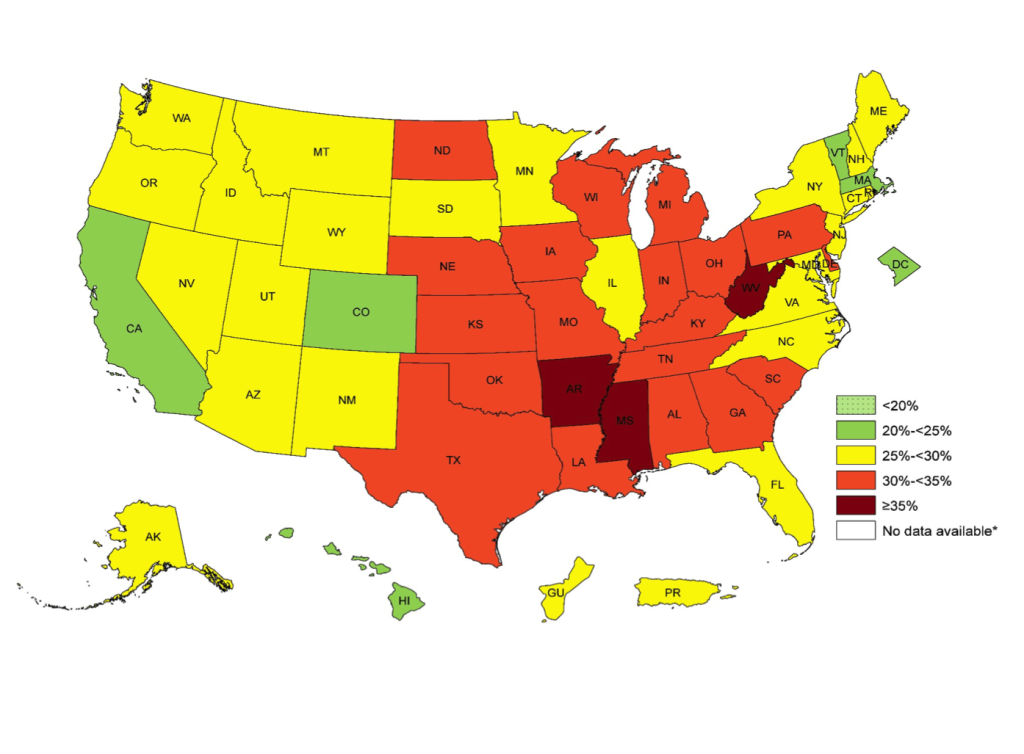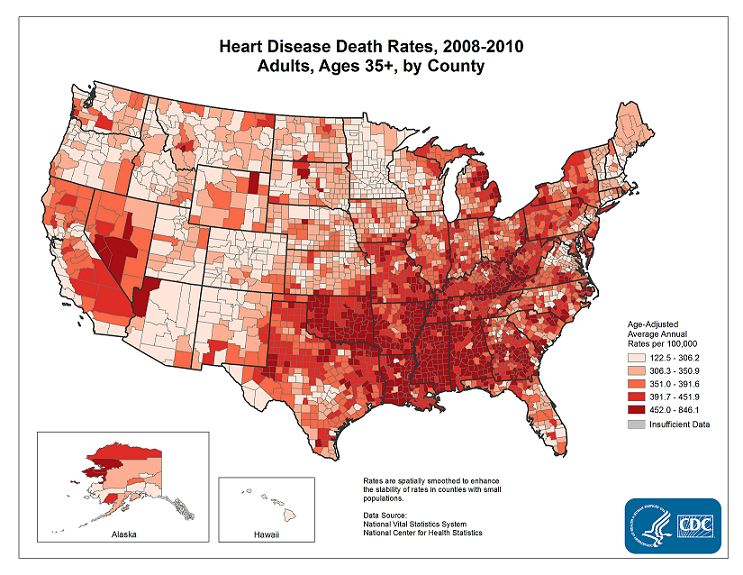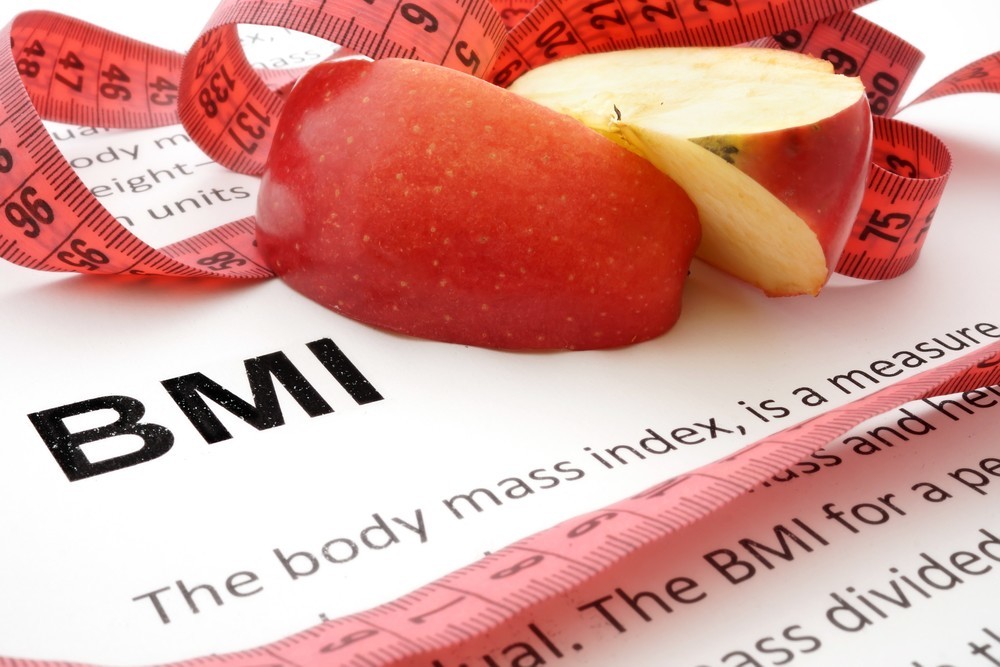BMI Heart Information
More than 30% of adults and 17% of children in the U.S. are obese. Obesity is a body mass index (BMI) of 30 or higher.
Knowing about BMI and how its reading affects you can change lives around the world for the better and healthier.
What is a Body Mass Index Reading?
You can calculate BMI from your height and weight ratio and measures your body fat. If you’re weight is considered too high for your height, you will receive a higher number.
You can check your BMI quickly online here by inputting your weight, height, and age.
However, it may not be fully accurate in certain situations since someone may have 200 lbs of pure muscle on a 6 foot frame and not obese.
While your BMI can offer some insight, visit a doctor if you’re concerned with your number. Along with the simple calculation, your doctor can measure skin-fold thickness and evaluate your physical activity, body fat and diet to determine the best approach for limiting your risk for heart disease.
Adding these elements into the equation will give a far more accurate evaluation and BMI reading and body fat level.
What Numbers Are Considered Too High?
When you receive your BMI reading, understanding it is essential to fully assess your overall body fat and healthiness.

Being within the 30-34.9 range constitutes as obesity. Anything above that greatly increases risk of heart disease, according to a study done at the University of Bristol.
What is Heart Disease?
Heart disease, especially coronary heart disease (CHD) which is the most common type found in obese and overweight people, is caused by plaque build up in the blood vessels.
Various sources like sodium, cholesterol, or fat from dietary substances make up plaque.
Heart disease causes 25% of deaths in both men and women in the United States, making it the leading cause of death in America.
How Does BMI Correlate to Heart Disease?
High BMI numbers generally equate to obesity. Studies have shown those with a high BMI, and considered obese, are three times more likely to develop heart disease than those with a normal weight.
The Centers for Disease Control and Prevention (CDC) show states with adults in the United States with higher obesity levels also have higher rates of heart disease.


As shown on the maps, the states with higher obesity and BMI levels are also higher in heart disease death rates.
Increased BMI levels typically lead to higher blood pressure and cholesterol which leads to heart attacks, heart failure, strokes, and diabetes.
The heart becomes stressed and blood vessels get too clogged to receive and pass enough oxygen to the rest of the body sufficiently.
How to Lower BMI and Decrease Risk of Heart Disease
Lowering your BMI is crucial if you are in the obese or above range. If you are teetering on the edge of overweight and obese, try to be more safe than sorry with your weight.
Exercise and dieting is the easiest, healthiest, and most efficient way to lose weight, gain muscle, and lower your BMI.
Doctors suggest to loser 5% to 10% of your body weight in order to reach a lower BMI. For example, if you weigh 300 pounds, losing 15 to 30 pounds will greatly affect your overall health and BMI.
Losing weight and being healthier can decrease your risk for not only heart disease, but high blood pressure, high cholesterol, and type 2 diabetes.
If you already struggle with any of those, continue trying to get healthy and add supplements like l-arginine to your diet. L-arginine produces nitric oxide in your blood which increases blood flow and relaxes blood vessels, allowing blood to flow more freely through them.
Talk to your doctor about a diet and exercise plan that’s best for you. Don’t be afraid to be open and honest with your doctor. The more they know, the better they can help you.
Resources
http://www.cdc.gov/heartdisease/facts.htm
https://www.nhlbi.nih.gov/health/educational/lose_wt/risk.htm
http://www.cdc.gov/obesity/data/prevalence-maps.html
https://www.sciencedaily.com/releases/2012/05/120501183017.htm

